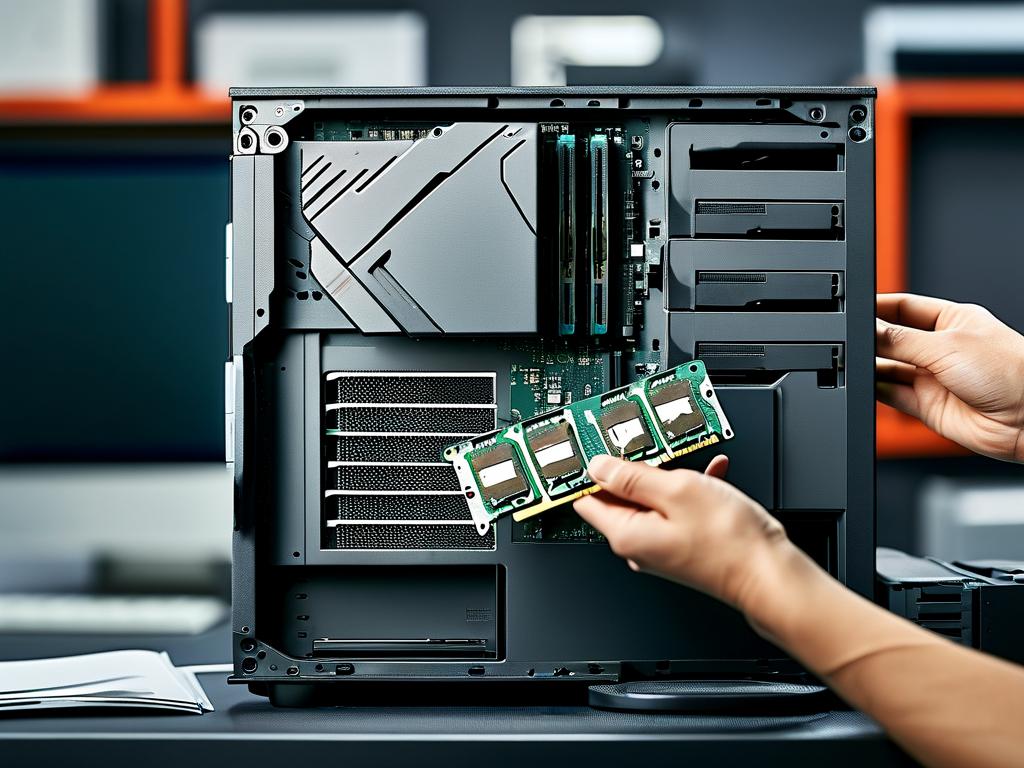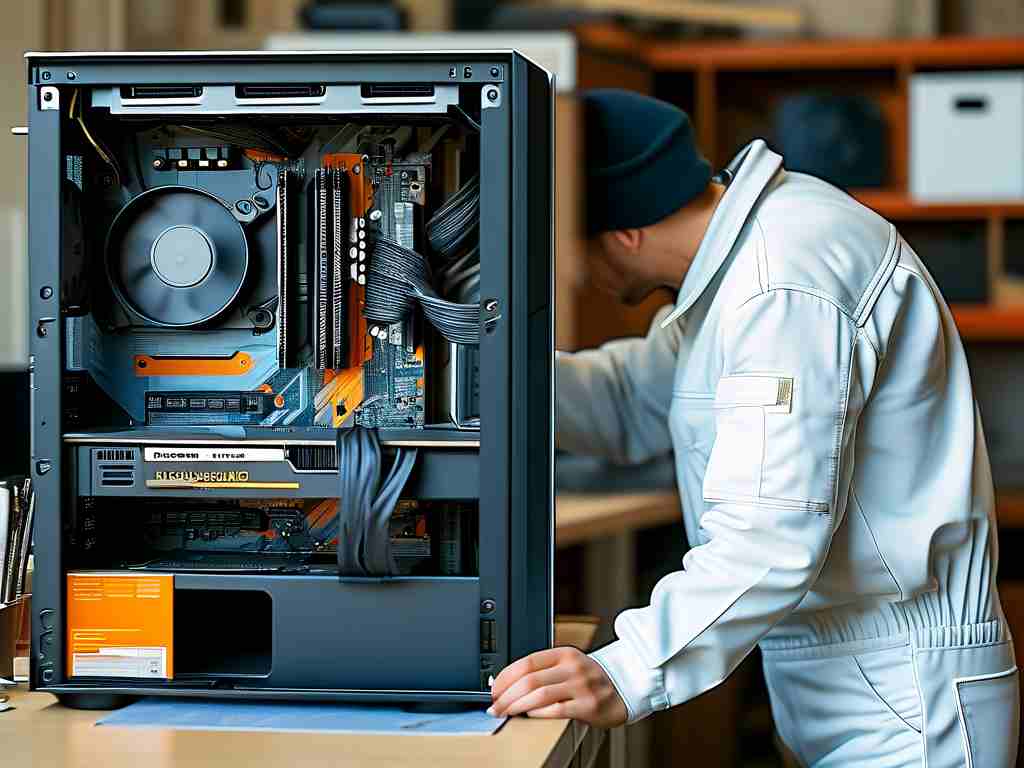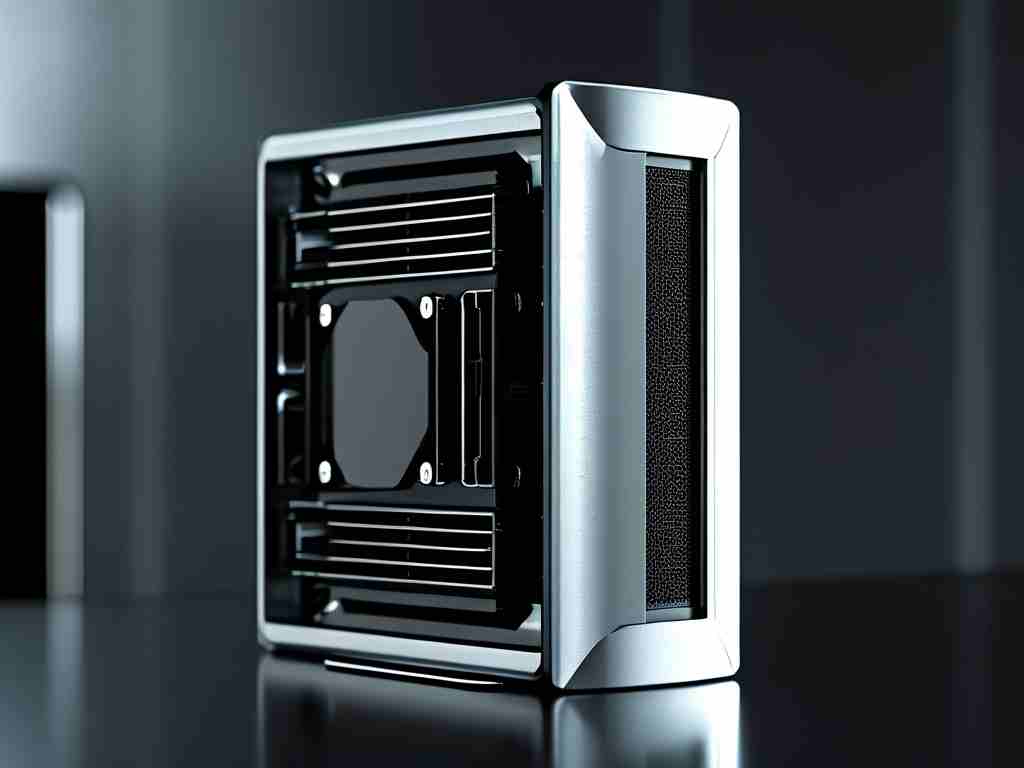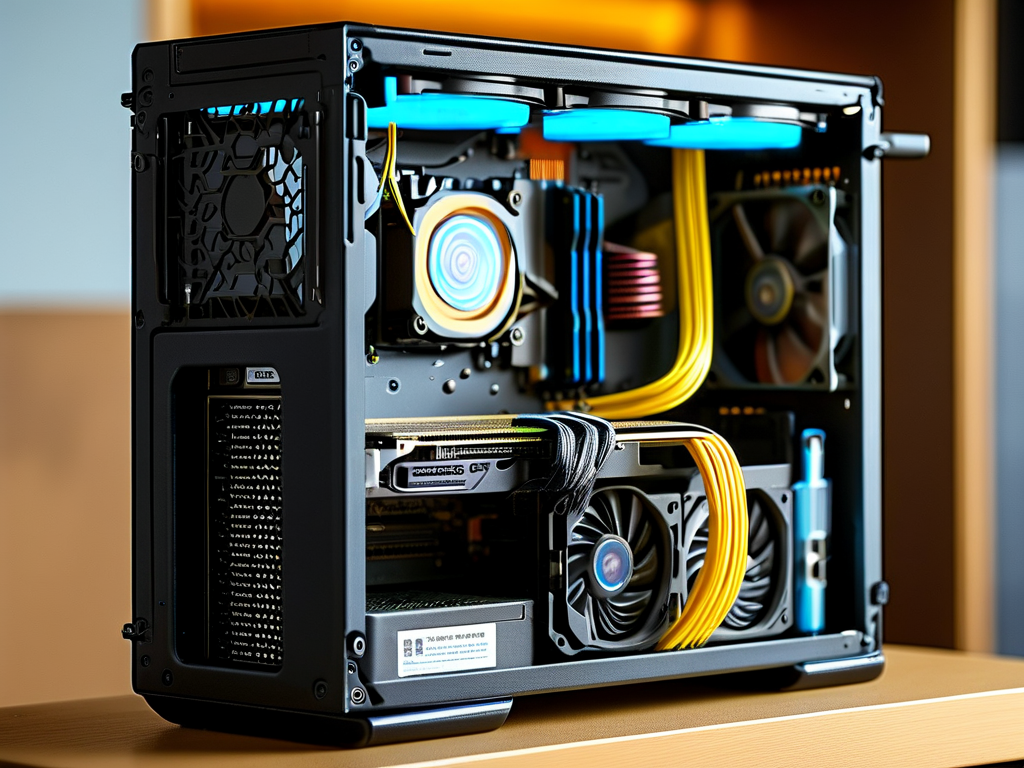Upgrading your computer's RAM can significantly enhance performance, but understanding the requirements is crucial. This guide explores key factors like compatibility, capacity limits, and technical specifications to ensure a smooth memory upgrade process.
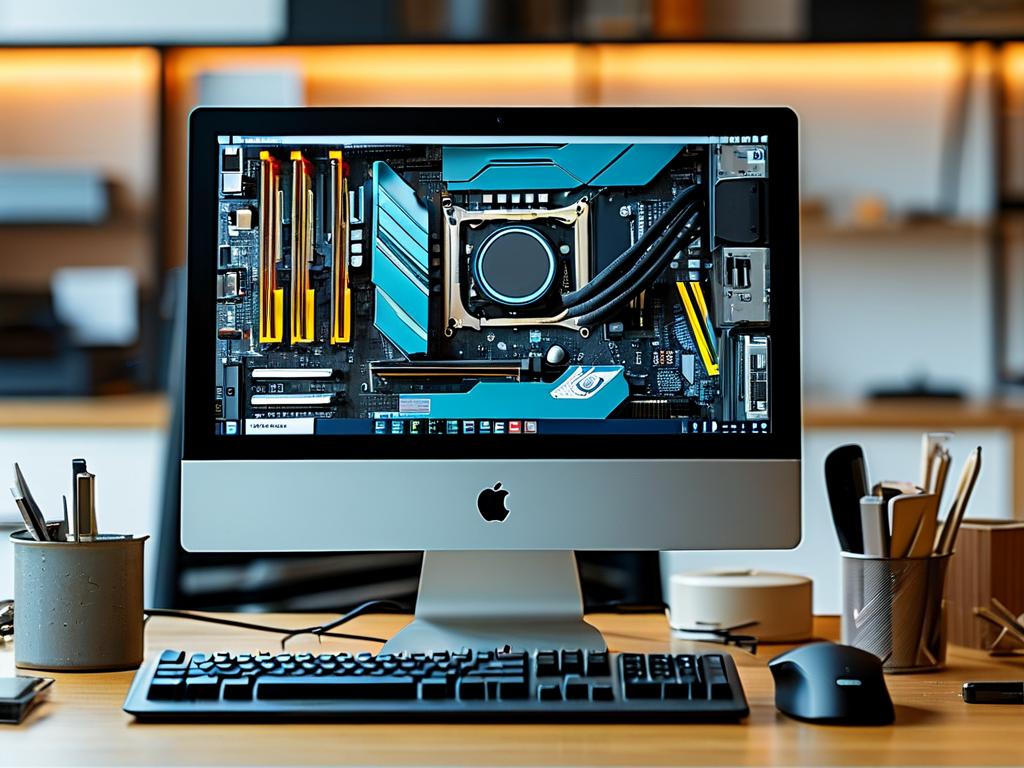
First, identify your system’s current RAM configuration. Check the motherboard’s maximum supported memory capacity using tools like CPU-Z or built-in OS utilities. Most modern motherboards support 64GB–128GB, but older models may cap at 16GB–32GB. For example, a 2020-era Intel H470 chipset typically supports up to 128GB across four slots.
Next, verify RAM type compatibility. DDR4 remains common, but newer systems adopt DDR5. Mixing generations is impossible due to physical slot differences. If upgrading an older DDR3 system, full motherboard replacement might be necessary. Speed matters too—ensure new modules match or exceed existing RAM’s MHz rating. For instance, pairing a 2400MHz stick with a 3200MHz module forces both to run at the lower speed.
Capacity planning depends on usage scenarios. Basic tasks (web browsing, office apps) require 8GB–16GB. Gaming or multimedia editing demands 32GB–64GB for optimal performance. Specialized workloads like 3D rendering or virtualization benefit from 64GB–128GB configurations. Always allocate budget for dual-channel setups—two 16GB sticks outperform a single 32GB module in bandwidth-critical tasks.
Consider operating system limitations. Windows 10 Home caps RAM at 128GB, while Pro/Enterprise versions support 2TB. Linux distributions generally handle higher capacities but verify kernel compatibility for cutting-edge hardware.
Physical installation requires attention to slot population rules. Most boards prioritize specific slots for dual-channel activation—consult the manual for proper insertion order. Anti-static precautions are mandatory: ground yourself before handling components.
For laptops, upgrade options vary by model. Ultrabooks often solder RAM directly to motherboards, making upgrades impossible. Gaming laptops may provide one accessible slot alongside soldered memory. Always check manufacturer documentation—a Dell XPS 15 might support up to 64GB via two replaceable SO-DIMMs.
Budget-conscious users should balance capacity and speed. While 64GB DDR5-6000 kits deliver future-proofing, a 32GB DDR4-3600 setup might better serve immediate needs at half the cost. Watch for sales on reputable brands like Crucial or G.Skill, avoiding counterfeit modules by purchasing from authorized retailers.
Firmware updates sometimes resolve compatibility issues. Before installation, update the motherboard BIOS/UEFI—ASUS boards often gain new RAM support through version updates. After installation, validate stability using MemTest86 for 4+ hours to detect errors.
In enterprise environments, ECC (Error-Correcting Code) RAM becomes essential for mission-critical systems. These modules detect and fix memory errors but require compatible server-grade hardware.
Finally, recycle old RAM responsibly. Many electronics retailers offer recycling programs, and functional modules can extend older systems’ lifespans through donations or resale.
By methodically addressing compatibility, capacity needs, and technical constraints, users can transform sluggish systems into responsive powerhouses without unnecessary expenses or compatibility headaches.


